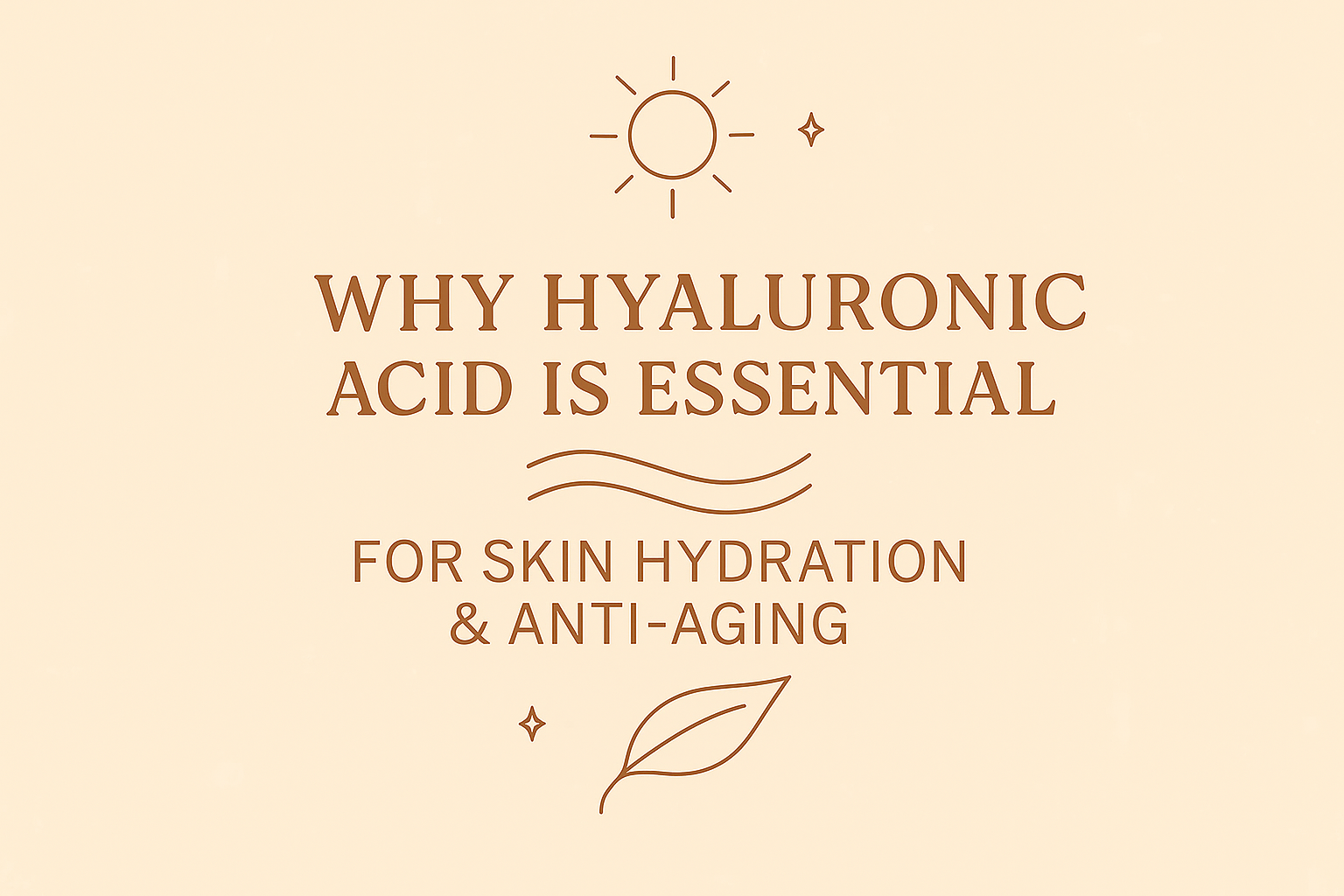
Why Hyaluronic Acid Is the Anti-Ageing Powerhouse of 2025 If there’s a skincare ingredient that’s dominated 2025, it’s undoubtedly hyaluronic acid. No longer just a buzzword, this molecule has cemented its place in science-backed skincare regimens—particularly for anyone chasing long-term anti-ageing benefits. What Makes Hyaluronic Acid So Effective? At its core, hyaluronic acid is a naturally occurring substance in the skin. Its claim to fame? The ability to hold up to 1,000 times its weight in water. This makes it a hydration magnet—pulling moisture deep into the skin’s layers and keeping it there. But it’s not just about hydration for hydration’s sake. Hyaluronic acid for skin leads to: Visibly plumper, dewier skin A smoother skin texture Better absorption of other skincare ingredients Reduced appearance of fine lines and wrinkles And the best part? It works across all skin types—from oily and acne-prone to dry and sensitive. Hyaluronic Acid Serum: The Deep-Delivery Secret Serums are where hyaluronic acid goes to work hard. These lightweight, fast-absorbing formulas are designed to penetrate deeper than creams can reach. A standout in this space is the Pro Age+ Super Face Serum—which uses multi-weight hyaluronic acid to target multiple layers of the skin. That means surface hydration and deeper structural support. Use a hyaluronic acid serum after cleansing but before your moisturiser—morning and night. Over time, you’ll notice: Softer, more elastic skin A noticeable reduction in dullness Fewer visible fine lines around the eyes and mouth Why a Hyaluronic Acid Moisturiser Is Still Non-Negotiable Serums deliver, but they don’t seal. Without a quality hyaluronic acid moisturiser, that hydration will simply evaporate. Think of it like watering a plant without soil—it doesn’t stick. A moisturiser containing hyaluronic acid acts as a barrier, locking in moisture and keeping skin resilient throughout the day. To maximise absorption, it helps to prep the skin first. Enter the Pro Age+ Super Face Skin Polish—a gentle exfoliant that clears away dead skin cells. Used once or twice a week, it enhances the performance of your serum and moisturiser without over-stripping the skin. The Real Role of Hyaluronic Acid in Wrinkle Reduction Let’s get real—no topical product can erase deep-set wrinkles overnight. But when it comes to softening their appearance and preventing new ones, anti-ageing hyaluronic acid is a quiet overachiever. It plumps from within, making expression lines look shallower. It boosts skin resilience, so creases form more slowly. It supports collagen-friendly environments, especially when paired with peptides or ceramides. Used regularly, hyaluronic acid for wrinkle reduction doesn’t fake a glow—it builds it. Especially in drier climates like parts of Australia, consistent use can dramatically improve your skin’s bounce and luminosity. Final Word: Hyaluronic Acid Is Not Just a Trend In 2025, hyaluronic acid skincare is not just hype—it’s smart science. Whether you’re just starting your anti-ageing routine or levelling up what you already use, this ingredient deserves a permanent spot in your lineup. Use a hyaluronic acid serum to feed the skin. Layer a hyaluronic acid moisturiser to lock it in. And keep your routine consistent to see real, compounding change over time. Forget filters. Hydrated, youthful skin starts with what you apply—not how you edit.
Why Hyaluronic Acid Is the Anti-Ageing Powerhouse of 2025 If there’s a skincare ingredient that’s dominated 2025, it’s undoubtedly hyaluronic acid. No longer just a buzzword, this molecule has cemented its place in science-backed skincare regimens—particularly for anyone chasing long-term anti-ageing benefits. What Makes Hyaluronic Acid So Effective? At its core, hyaluronic acid is a naturally occurring substance in the skin. Its claim to fame? The ability to hold up to 1,000 times its weight in water. This makes it a hydration magnet—pulling moisture deep into the skin’s layers and keeping it there. But it’s not just about hydration for hydration’s sake. Hyaluronic acid for skin leads to: Visibly plumper, dewier skin A smoother skin texture Better absorption of other skincare ingredients Reduced appearance of fine lines and wrinkles And the best part? It works across all skin types—from oily and acne-prone to dry and sensitive. Hyaluronic Acid Serum: The Deep-Delivery Secret Serums are where hyaluronic acid goes to work hard. These lightweight, fast-absorbing formulas are designed to penetrate deeper than creams can reach. A standout in this space is the Pro Age+ Super Face Serum—which uses multi-weight hyaluronic acid to target multiple layers of the skin. That means surface hydration and deeper structural support. Use a hyaluronic acid serum after cleansing but before your moisturiser—morning and night. Over time, you’ll notice: Softer, more elastic skin A noticeable reduction in dullness Fewer visible fine lines around the eyes and mouth Why a Hyaluronic Acid Moisturiser Is Still Non-Negotiable Serums deliver, but they don’t seal. Without a quality hyaluronic acid moisturiser, that hydration will simply evaporate. Think of it like watering a plant without soil—it doesn’t stick. A moisturiser containing hyaluronic acid acts as a barrier, locking in moisture and keeping skin resilient throughout the day. To maximise absorption, it helps to prep the skin first. Enter the Pro Age+ Super Face Skin Polish—a gentle exfoliant that clears away dead skin cells. Used once or twice a week, it enhances the performance of your serum and moisturiser without over-stripping the skin. The Real Role of Hyaluronic Acid in Wrinkle Reduction Let’s get real—no topical product can erase deep-set wrinkles overnight. But when it comes to softening their appearance and preventing new ones, anti-ageing hyaluronic acid is a quiet overachiever. It plumps from within, making expression lines look shallower. It boosts skin resilience, so creases form more slowly. It supports collagen-friendly environments, especially when paired with peptides or ceramides. Used regularly, hyaluronic acid for wrinkle reduction doesn’t fake a glow—it builds it. Especially in drier climates like parts of Australia, consistent use can dramatically improve your skin’s bounce and luminosity. Final Word: Hyaluronic Acid Is Not Just a Trend In 2025, hyaluronic acid skincare is not just hype—it’s smart science. Whether you’re just starting your anti-ageing routine or levelling up what you already use, this ingredient deserves a permanent spot in your lineup. Use a hyaluronic acid serum to feed the skin. Layer a hyaluronic acid moisturiser to lock it in. And keep your routine consistent to see real, compounding change over time. Forget filters. Hydrated, youthful skin starts with what you apply—not how you edit.
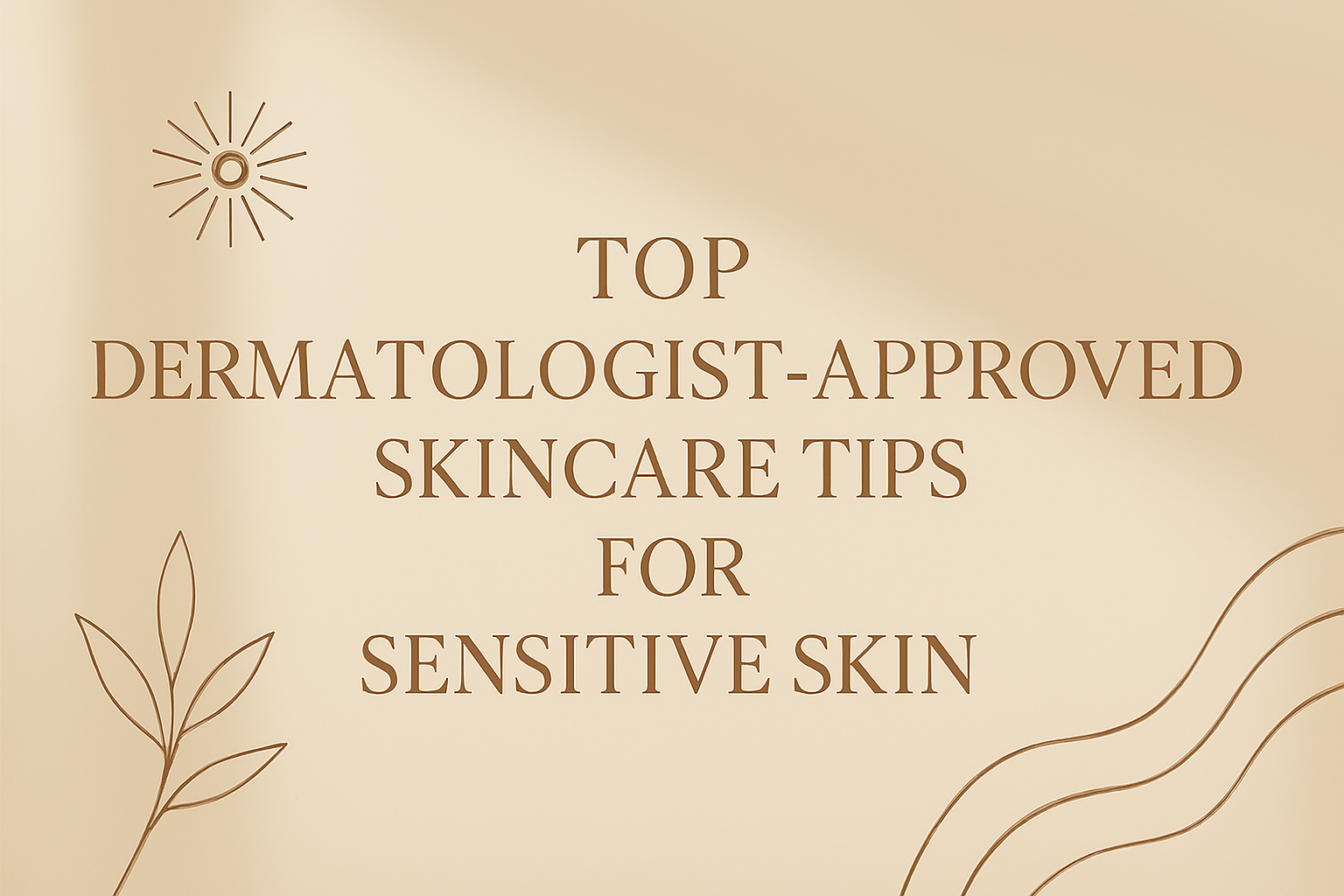
Understand Your Skin Before You Treat It If your skin gets red, tight, flaky, or burns after trying new products, you’re probably dealing with sensitivity. The fix isn’t just about what to use—it’s also about what to avoid. Sensitive skin tends to overreact to ingredients others barely notice. Fragrance, alcohols, and harsh surfactants are the usual suspects. Start by cutting these out completely. Then patch test anything new on your jawline or behind your ear before going all in. Think of it like dating your skincare—don’t commit until you’re sure it won’t betray you. One of the smartest things you can do is stick to dermatologist recommended skincare. These are formulas backed by actual clinical experience, not just marketing spin. They’re usually pH-balanced, non-comedogenic, and free from the usual irritants. Keep your routine lean and focused. When your skin is reactive, simpler is safer. The Role of a Gentle Cleanser Cleansing is essential, but if you’ve got sensitive skin, how you do it matters more than you think. A lot of people overdo it with harsh foaming gels that strip away your skin’s protective barrier. If your face feels squeaky clean after washing, that's actually bad news. It means you’ve just stripped away your natural oils and disrupted your skin’s microbiome. Instead, reach for a gentle face cleanser UK like an oat milk cleanser. Oat is naturally calming and anti-inflammatory, which makes it perfect for easily irritated skin. No tightness, no sting, no redness. Just a soft, calm finish that actually feels like skin. Exfoliate... But Don’t Attack Yes, you still need to exfoliate—even if your skin is sensitive. You just need to be smart about it. Exfoliation clears away dead skin cells, brightens your complexion, and helps your products absorb better. But aggressive scrubs or strong acids will do more harm than good. What you want is something that works gently and steadily, not all at once. A great option is an exfoliating face polish like this face polish that combines soft physical exfoliation with nourishing ingredients. It smooths without scraping, refreshes without irritating, and leaves your skin feeling clean but not stripped. Once or twice a week is plenty. Any more, and you’re asking for flare-ups. Moisturising Without Clogging Pores This is the balancing act: get the moisture you need without making your skin freak out. Thick, heavy creams can trap heat and sweat, especially in humid weather, and end up making things worse. What your skin needs is hydration and barrier support, not suffocation. Look for ingredients like hyaluronic acid, glycerin, and ceramides that feed your skin what it’s missing—without weighing it down. If you’re also dealing with fine lines or dryness from aging, it’s worth exploring an anti-aging skincare routine that’s designed for sensitive types. You don’t need to jump into retinol right away. Start slow with peptides or niacinamide. You’ll get the benefits without the burn. Small Shifts for a Bigger Glow Sensitive skin doesn’t mean you can’t glow. You just need a different game plan. The first step is always to repair your skin barrier. Once you’re not constantly dealing with inflammation or dryness, you can start layering in glow-boosting products. Hydration is the name of the game here. Think about using a hydrating gel mask once or twice a week. It gives you that bouncy, fresh look without stressing your skin out. Also, let’s not forget the boring stuff that works: good sleep, staying hydrated, limiting sugar, and chilling out on the stress. If you’re looking for more real tips that actually move the needle, check out these Tips for glowing skin. No gimmicks. Just smart, doable changes that get your skin back to looking and feeling good.
Understand Your Skin Before You Treat It If your skin gets red, tight, flaky, or burns after trying new products, you’re probably dealing with sensitivity. The fix isn’t just about what to use—it’s also about what to avoid. Sensitive skin tends to overreact to ingredients others barely notice. Fragrance, alcohols, and harsh surfactants are the usual suspects. Start by cutting these out completely. Then patch test anything new on your jawline or behind your ear before going all in. Think of it like dating your skincare—don’t commit until you’re sure it won’t betray you. One of the smartest things you can do is stick to dermatologist recommended skincare. These are formulas backed by actual clinical experience, not just marketing spin. They’re usually pH-balanced, non-comedogenic, and free from the usual irritants. Keep your routine lean and focused. When your skin is reactive, simpler is safer. The Role of a Gentle Cleanser Cleansing is essential, but if you’ve got sensitive skin, how you do it matters more than you think. A lot of people overdo it with harsh foaming gels that strip away your skin’s protective barrier. If your face feels squeaky clean after washing, that's actually bad news. It means you’ve just stripped away your natural oils and disrupted your skin’s microbiome. Instead, reach for a gentle face cleanser UK like an oat milk cleanser. Oat is naturally calming and anti-inflammatory, which makes it perfect for easily irritated skin. No tightness, no sting, no redness. Just a soft, calm finish that actually feels like skin. Exfoliate... But Don’t Attack Yes, you still need to exfoliate—even if your skin is sensitive. You just need to be smart about it. Exfoliation clears away dead skin cells, brightens your complexion, and helps your products absorb better. But aggressive scrubs or strong acids will do more harm than good. What you want is something that works gently and steadily, not all at once. A great option is an exfoliating face polish like this face polish that combines soft physical exfoliation with nourishing ingredients. It smooths without scraping, refreshes without irritating, and leaves your skin feeling clean but not stripped. Once or twice a week is plenty. Any more, and you’re asking for flare-ups. Moisturising Without Clogging Pores This is the balancing act: get the moisture you need without making your skin freak out. Thick, heavy creams can trap heat and sweat, especially in humid weather, and end up making things worse. What your skin needs is hydration and barrier support, not suffocation. Look for ingredients like hyaluronic acid, glycerin, and ceramides that feed your skin what it’s missing—without weighing it down. If you’re also dealing with fine lines or dryness from aging, it’s worth exploring an anti-aging skincare routine that’s designed for sensitive types. You don’t need to jump into retinol right away. Start slow with peptides or niacinamide. You’ll get the benefits without the burn. Small Shifts for a Bigger Glow Sensitive skin doesn’t mean you can’t glow. You just need a different game plan. The first step is always to repair your skin barrier. Once you’re not constantly dealing with inflammation or dryness, you can start layering in glow-boosting products. Hydration is the name of the game here. Think about using a hydrating gel mask once or twice a week. It gives you that bouncy, fresh look without stressing your skin out. Also, let’s not forget the boring stuff that works: good sleep, staying hydrated, limiting sugar, and chilling out on the stress. If you’re looking for more real tips that actually move the needle, check out these Tips for glowing skin. No gimmicks. Just smart, doable changes that get your skin back to looking and feeling good.
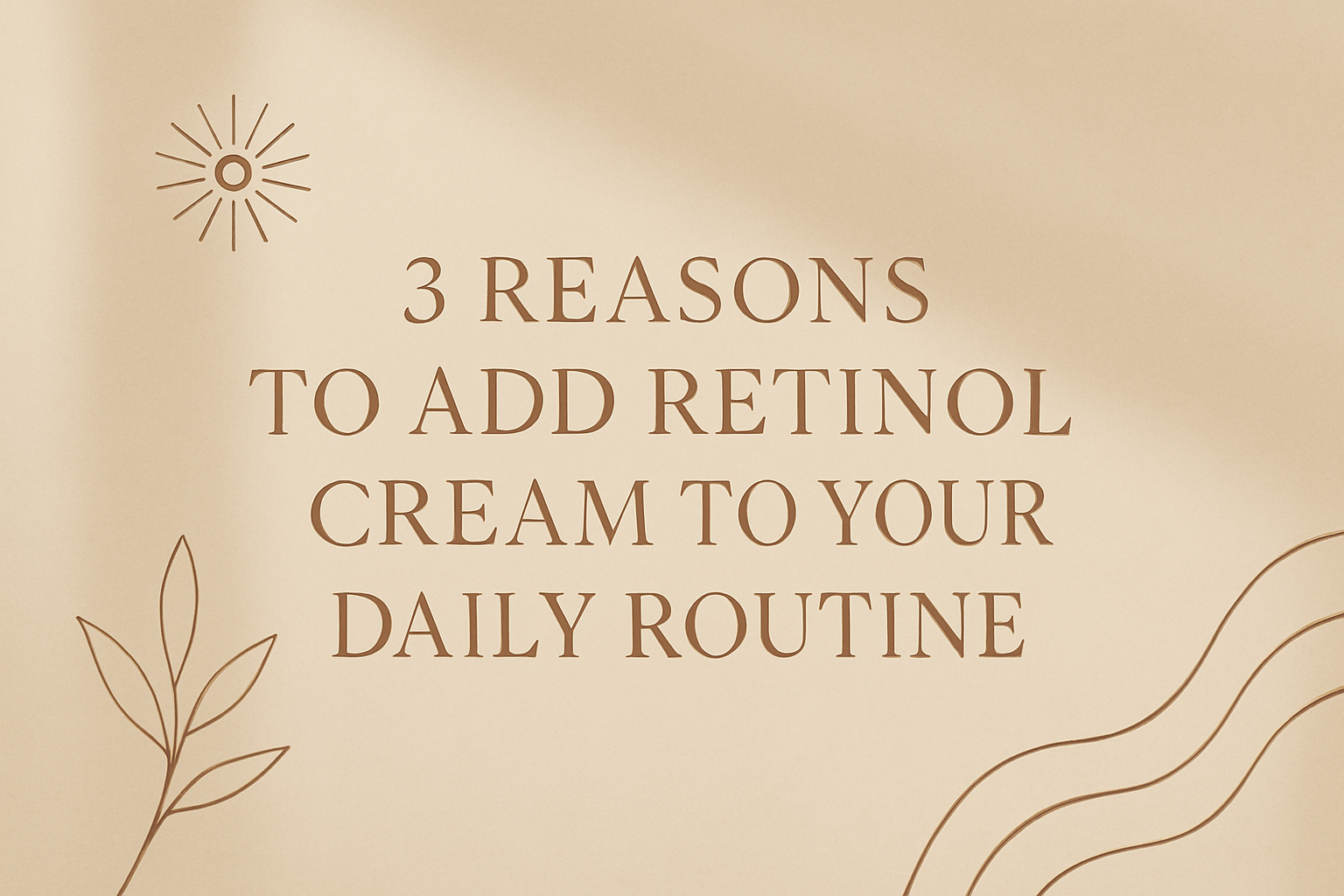
Discover 3 key reasons to add retinol cream to your routine—smooth texture, reduce signs of ageing, and boost skin clarity. Learn how to introduce it safely for glowing, healthy skin.
Discover 3 key reasons to add retinol cream to your routine—smooth texture, reduce signs of ageing, and boost skin clarity. Learn how to introduce it safely for glowing, healthy skin.
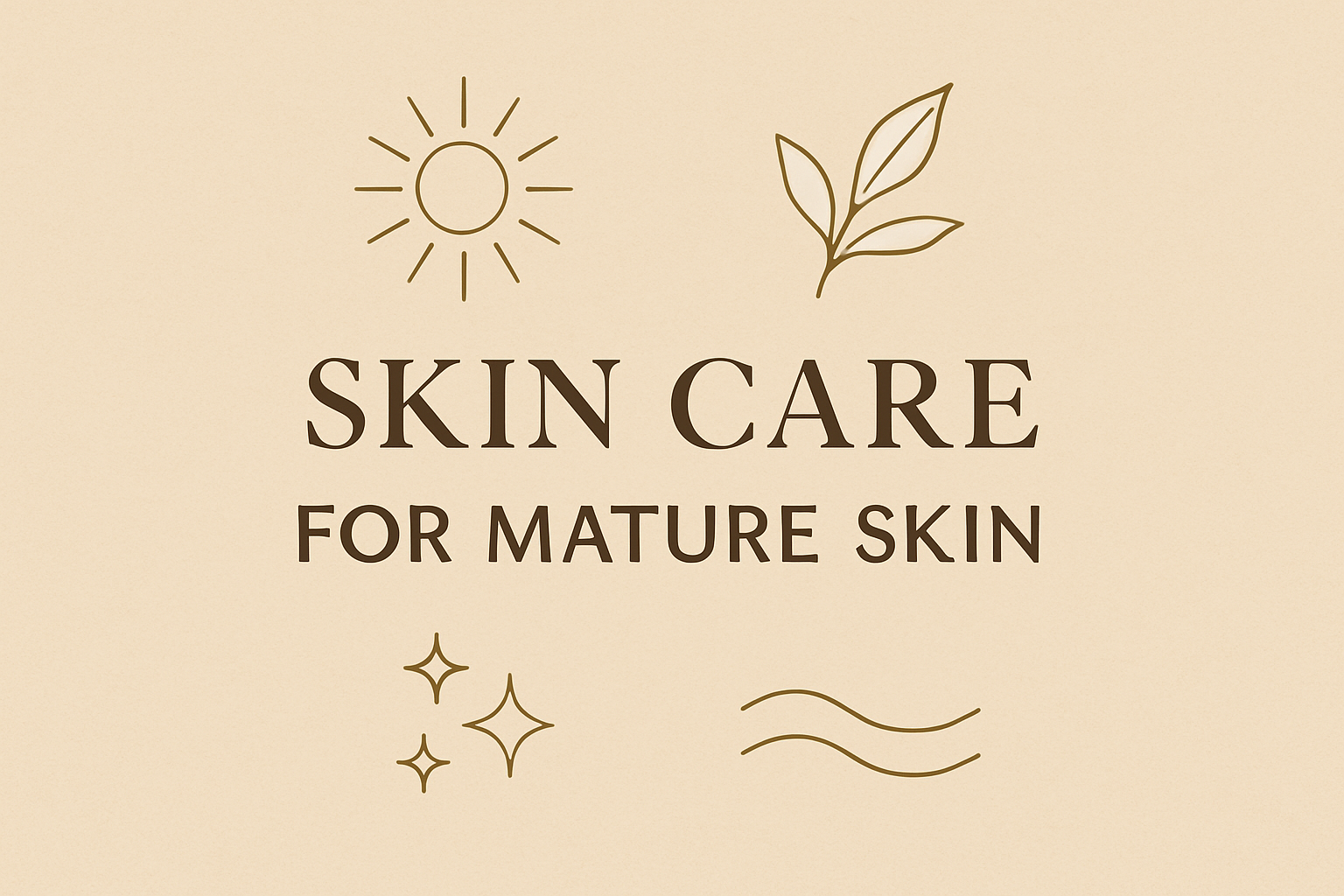
Discover dermatologist-recommended skincare tips for mature skin, including gentle cleansers, hydrating serums, anti-aging moisturisers, and nourishing treatments to restore radiance and support skin health.
Discover dermatologist-recommended skincare tips for mature skin, including gentle cleansers, hydrating serums, anti-aging moisturisers, and nourishing treatments to restore radiance and support skin health.
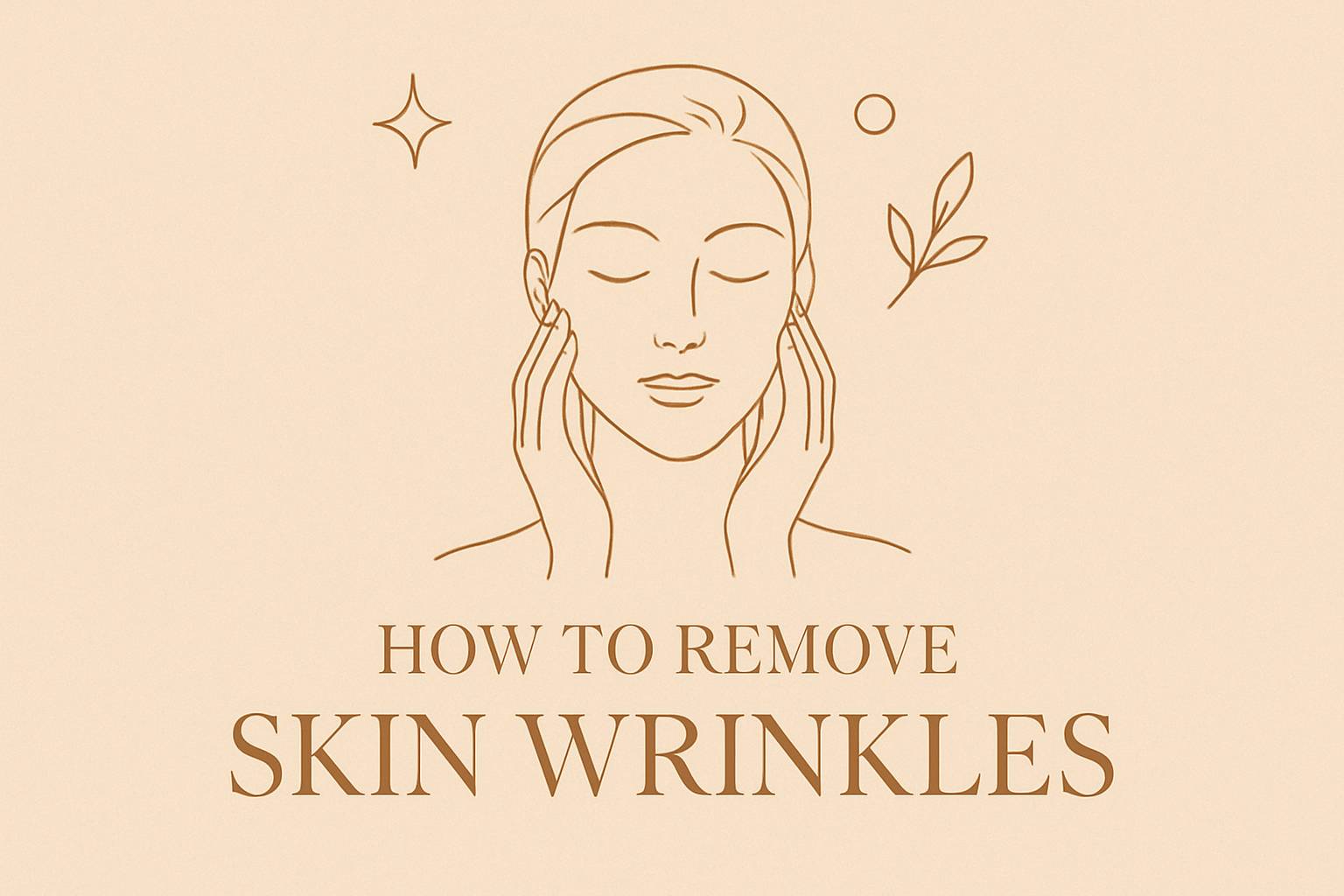
Discover how to remove skin wrinkles with expert skincare tips. Learn about gentle cleansing, exfoliation, hydration, collagen support, and sun protection to smooth and rejuvenate your face naturally.
Discover how to remove skin wrinkles with expert skincare tips. Learn about gentle cleansing, exfoliation, hydration, collagen support, and sun protection to smooth and rejuvenate your face naturally.
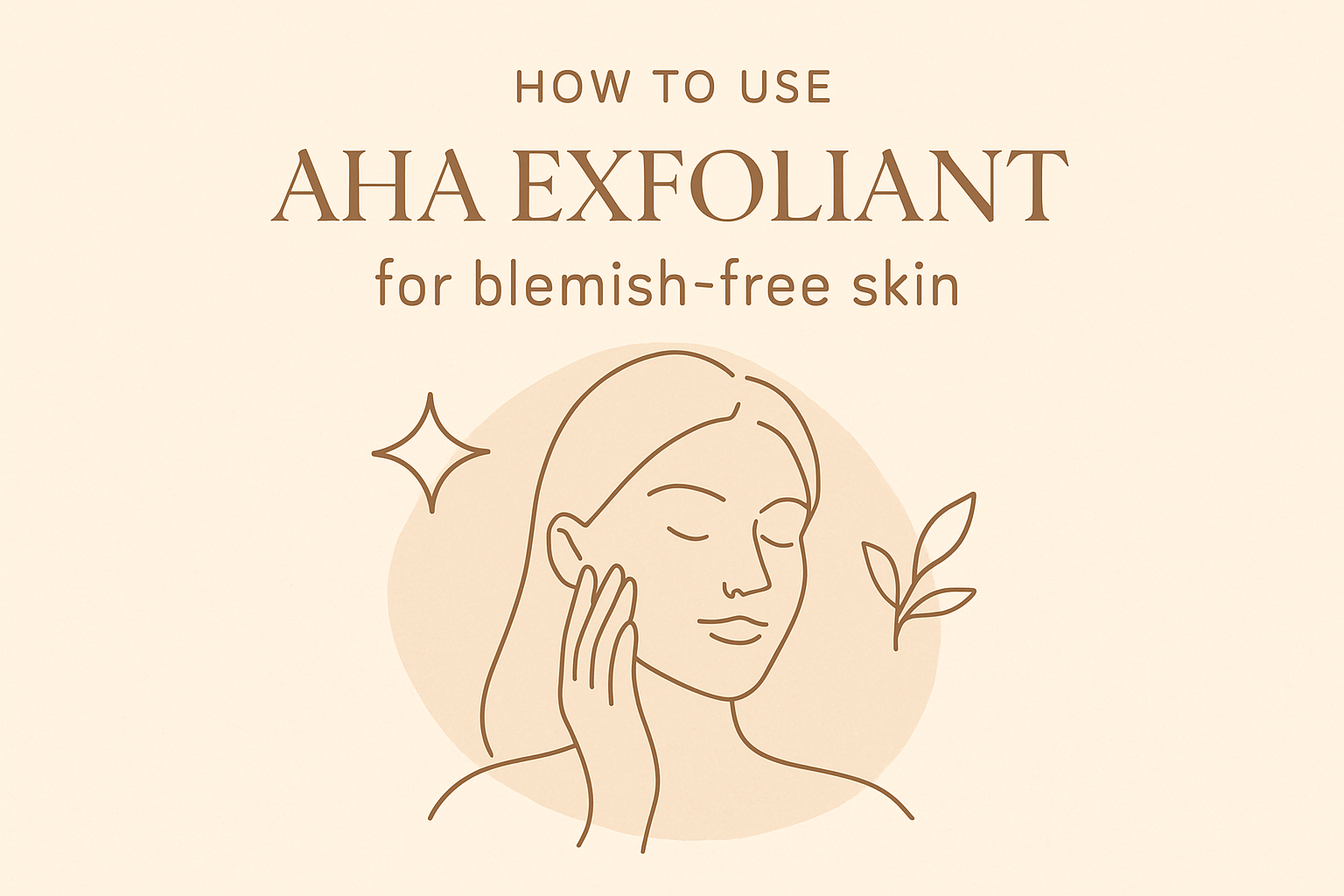
Learn how to use AHA exfoliants for smoother, blemish-free skin. Discover benefits, safe application methods, and tips to avoid overuse while boosting clarity and skin tone.
Learn how to use AHA exfoliants for smoother, blemish-free skin. Discover benefits, safe application methods, and tips to avoid overuse while boosting clarity and skin tone.